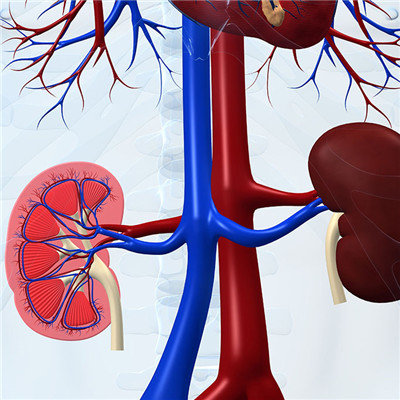Appendicitis symptoms and signs?
summary
Among the common surgical diseases, acute appendicitis is the most common. The common clinical symptoms are metastatic right lower abdominal pain, and tenderness and rebound pain are the common clinical manifestations. However, appendicitis varies from individual to individual. So what are the common symptoms and signs of appendicitis, let's take a look at the expert's explanation.
Appendicitis symptoms and signs?
(1) The common symptoms are as follows: 1) metastatic right lower abdominal pain: most of the pain begins in the upper abdomen or around the umbilicus, and the position is not fixed. After a few hours (6-8 hours), the pain is transferred and fixed in the right lower abdomen. About 70% - 80% of patients with acute appendicitis have this typical symptom; A few cases showed right lower abdominal pain at the beginning of the disease. The characteristics of abdominal pain may vary with the location of the appendix and different pathological types: simple appendicitis only shows mild dull pain; Patients with suppurative appendicitis showed paroxysmal distending pain and severe pain; Gangrenous appendicitis showed persistent severe abdominal pain; Patients with perforated appendicitis may have temporary relief of abdominal pain due to the sudden drop of pressure in the appendix cavity, but after complicated with peritonitis, abdominal pain continues to increase. The abdominal pain of patients with posterior cecal appendicitis was in the right waist; Abdominal pain in pelvic appendicitis is located in the suprapubic region; The patients with appendicitis in the infrahepatic region showed right upper abdominal pain; A few patients with visceral inversion had left lower abdominal pain.

2) Gastrointestinal reaction: early appendicitis, patients may have anorexia, nausea and vomiting, some patients may also have diarrhea or constipation. Such as pelvic appendicitis, inflammation stimulate the rectum and bladder, resulting in increased frequency of defecation, diarrhea and urination pain. Diffuse peritonitis can cause paralytic intestinal obstruction, characterized by abdominal distension, reduced defecation and exhaust. 3) Systemic manifestations: most patients had only fatigue and low fever in the early stage. Aggravation of inflammation may lead to systemic toxic symptoms, such as shivering, high fever, pulse speed, dryness, restlessness or slow reaction. Appendiceal perforation caused by peritonitis, can have heart, lung, kidney and other organ dysfunction performance, if purulent portal phlebitis can also cause mild jaundice.
(2) Signs 1) right lower abdominal tenderness: it is an important sign of acute appendicitis. The tenderness point is usually located at Macintosh's point, and can also change with the variation of appendix position, but it always presents as tenderness in a fixed position. Some patients in the early onset of abdominal pain has not yet transferred to the right lower abdomen, that may appear right lower abdominal fixed tenderness. The degree of tenderness is related to the degree of inflammation. If appendicitis spreads, the range of tenderness will also expand, but the most obvious tenderness point is the location of the appendix. 2) peritoneal irritation sign: including abdominal muscle tension, tenderness, rebound pain, bowel sound weakening or disappearing, etc. This is due to a defensive response of parietal peritoneum stimulated by inflammation. This suggests that appendicitis is aggravated, with inflammatory exudation, suppuration, gangrene or perforation. However, in patients with special age, constitution and appendix position changes, peritoneal irritation may not be obvious, such as children, the elderly, pregnant women, obesity, weakness or retrocecal appendicitis.
matters needing attention
With the development of society and the progress of people's life, we should pay attention to the popularization of basic medical knowledge. By understanding the basic knowledge of acute appendicitis, we can treat it in time without delay.










